Antennas and Propagation for Body-Centric Wireless Communications
1. Antennas and Propagation Issues
- The human body is an uninviting and often hostile environment for a wireless signal.
- Compact yet efficient antennas need to be fully characterized and integrated with the RF transceiver.
- Some of these are conformability and immunity to frequency and polarization detuning.
- It is important to understand material properties of fabrics and potential use of microwave metamaterials to minimize the specific absorption rate (SAR).
2. Wearable Sensor Antenna Design
Waeable Sensor Antennas have to be compact and easily integrated. They should be immuned from de-tuning and performance degradation due to surrounding components and when placed on the body. They should have high efficiency to achieve maximum radiated power to enlarge coverage area specifically for communication between body mounted devices and base units/access points. It is also needed in the wireless sensor antenna design to overcome shadowing proplems caused by the human body and the dynamic environment.


3. Numerical Modeling of On-body Antennas and Propagation
Since radio propagation on human body is quite a complex electromagnetic problem, numerical simulation tools will provide physical insight into the propagation mechanisms present and enable its prediction in far more complex environment. Accurate and fast theoretical modeling by Finite-Difference Time-Domain (FDTD) method on large size conformal human bodies mounted with antennas is seen as the most valuable method; however it is constrained by computational power and memory resorting to inefficient staircase orthogonal meshes on curved surfaces. Local distorted nonorthogonal FDTD (LN-FDTD) method was developed such that only those cells close to the curved boundary are distorted and processed with the nonorthogonal FDTD (NFDTD) algorithm; others remain as Cartesian cells. The in-house conformal FDTD modelling software was used to evaluate on-body propagation channels.
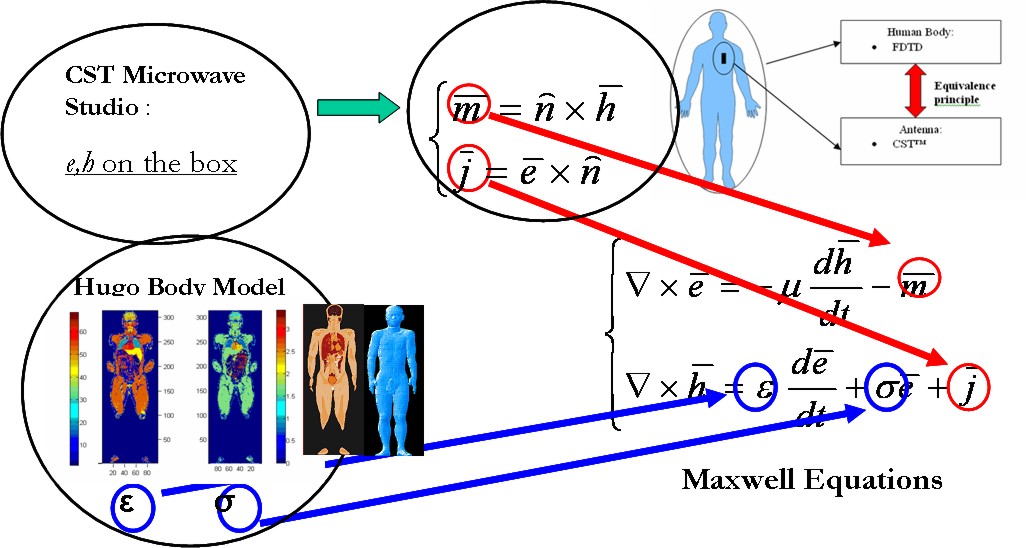
4. Antennas and Propagation for Wireless Implants
Wireless Implants provide flexibility to the patience and the surgeon in terms of replacement and long life time. They have advantages of maintaining constant availability and ease of operation which are required for future patient monitoring and diagnosis systems. Applications include but not limited to:
- Accurate drug delivery.
- Non-Invasive Endoscopy.
- Patient diagnosis and locator.
- Muscle stimulator.
- Brain signals analysis and control.

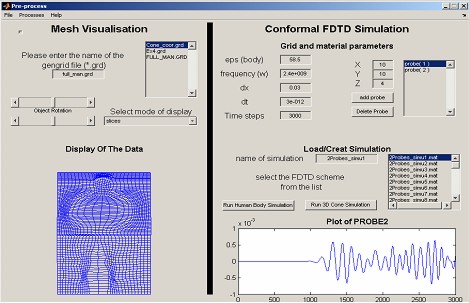
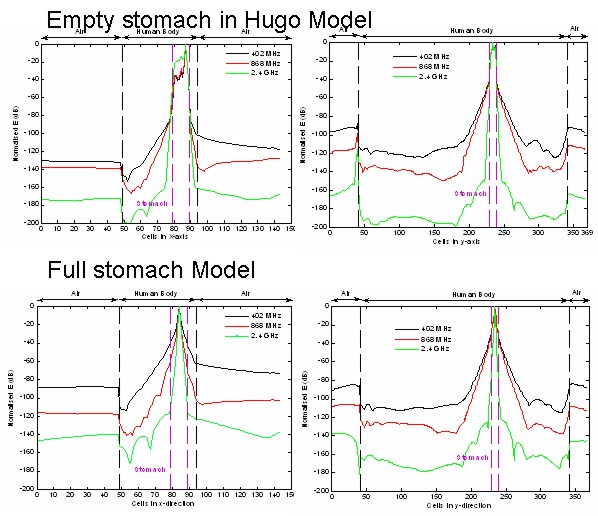
5. UWB Antennas and Their Applications in the Home Environment
UWB provides High capacity, Multipath robustness, Fine time resolution for accurate delay estimate, Low transmission power, Inexpensive systems and Multi-access. Dispersion of human tissues across the frequency band needs to be considered in on-body antenna and propagation characterisation. Usually, non-dispersive antennas are required for optimum performance with radiation that minimises path loss across UWB band. Since UWB is Impulse Radio technology, received pulse shape and property is of great importance.
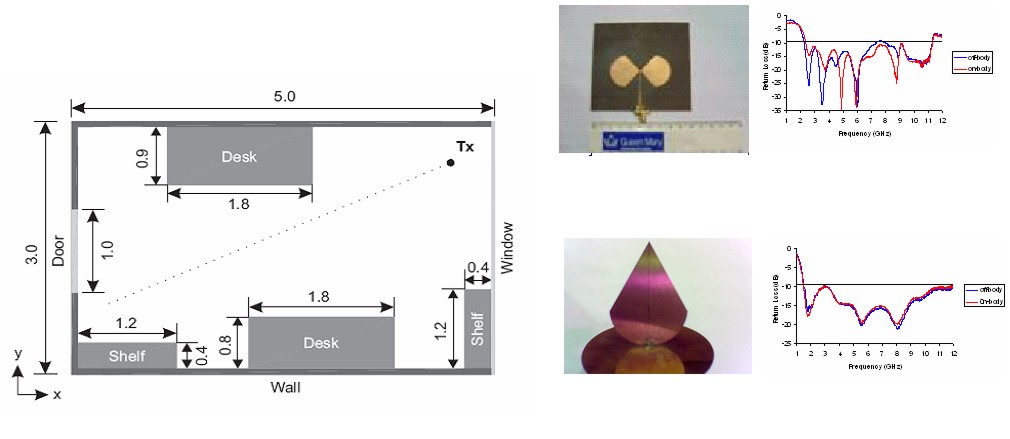
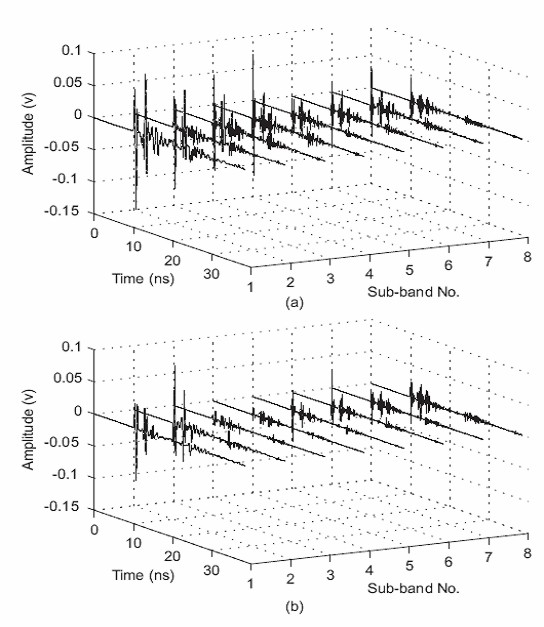
For more information on our research, please contact Prof. Y. Hao .

